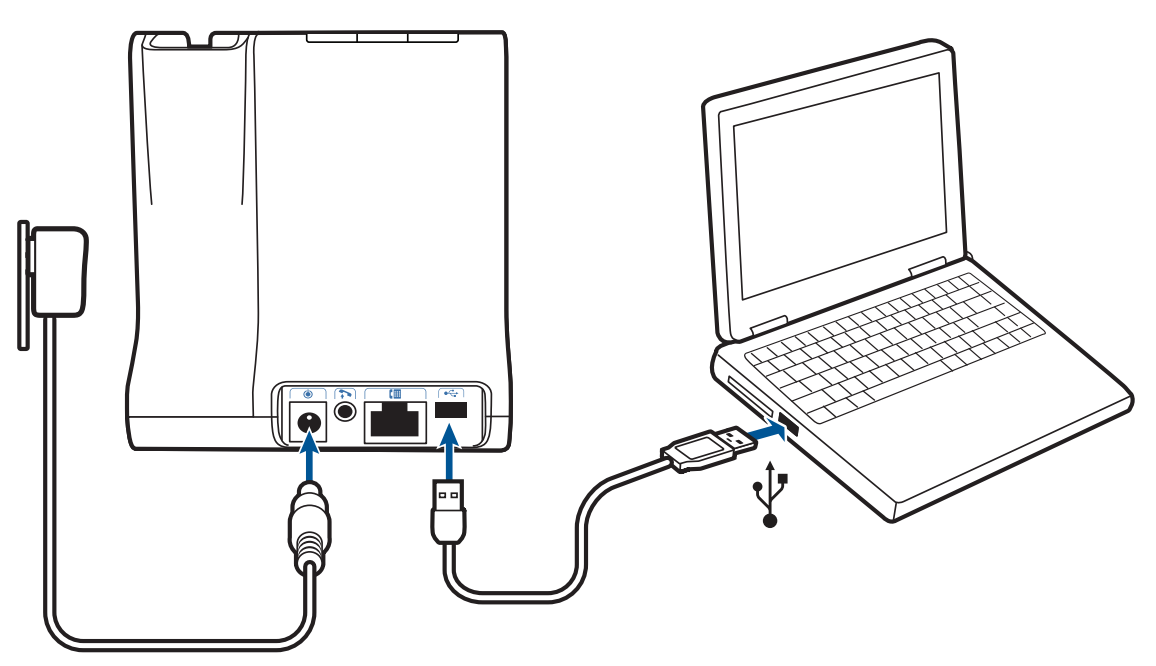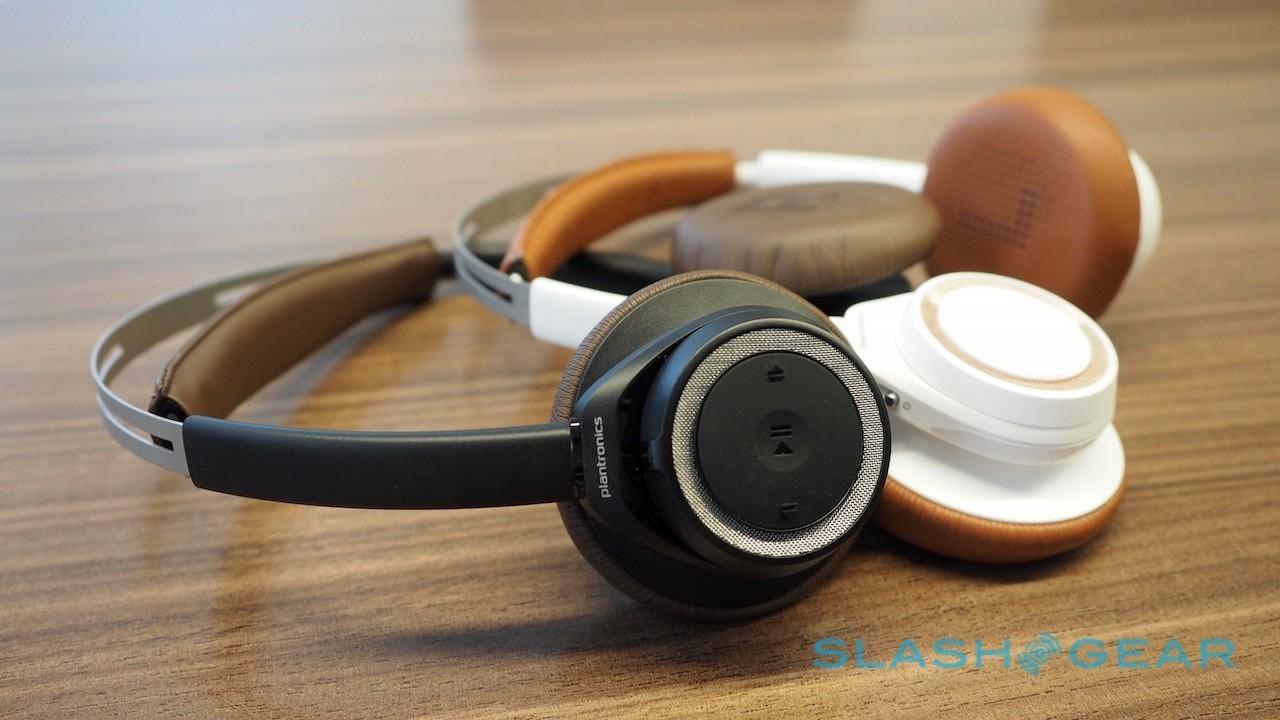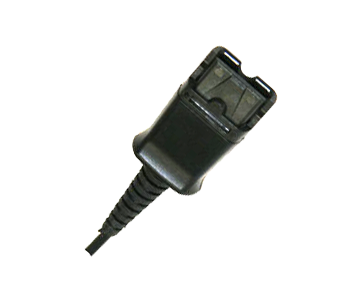For a listing of video card drivers, see our video card drivers page. Other PCI device that Windows cannot identify. If you tried the above two steps and your Windows Device Manager still contains an Unknown PCI device, likely the device cannot be identified. As the USB 3.0 port is the most common port in today's computer, all motherboard manufacturers will provide an integrated USB 3.0 driver with it. If your laptop is running a Windows Version later than Windows 8, Windows also will provide auto installation for USB 3.0 driver via Windows Update. Unknown devices show up in the Windows Device Manager when Windows can’t identify a piece of hardware and provide a driver for it. An unknown device isn’t just unknown — it’s not functioning until you install the right driver. Windows can identify most devices and download drivers for them automatically. I suggest you to update the device driver. Skip step3 from the above steps and right click on the device and click on update. Go to the below link download the PLANTRONICS latest updated driver and install the same. If the available driver is not for Windows 10, you can try installing the latest updated driver in compatibility mode.
This page offers six solutions to fix the USB device not recognized issue in Windows 10/8/7/XP. If you get this error message 'The last USB device you connected to this computer malfunctioned, Windows does not recognize it' or you cannot open your device, accessing data, read this article to fix this issue without data loss.
6 Fixes| USB Device Malfunctioned and Not Recognized
This page unveils six solutions to fix the 'USB device malfunctioned and is not recognized' issue. If you are having this USB device error, don't worry. Pick up any method below to make your USB recognizable and work again.
| Workable Solutions | Step-by-step Troubleshooting |
|---|---|
| Fix 1. Unplug Computer | Shut down computer > Unplug the power cable > Replug and restart the computer a few minutes later..Full steps |
| Fix 2. Change USB Cable/Port | Check the available USB cables and ports one by one > If USB cable or ports itself is damaged, change it ..Full steps |
| Fix 3. Update Device Driver | Open Disk Management > Expand 'Universal Serial Bus Controllers' > Right-click 'Generic USB Hub'..Full steps |
| Fix 4. Fix Root Hub | Open Device Manager > Expand Universal Serial Bus Controllers > Right-click USB Root Hub..Full steps |
| Fore More Fixes | Change USB settings and reinstall USB driver to make USB recognized (in Fix 5 and 6)..Full steps |
'USB device not recognized' is an error that usually occurs to the Windows computer when you plug in a USB device. Here, the USB device mentioned by Windows is a general concept, not limited to a USB hard drive or flash drive, but other devices using a USB port for connection, including a USB mouse, keyboard, Android phone, camera, printer, etc. When Windows generates such an error, the USB will not show up on your computer. As a result, you can't open your device or access your data. In different situations, the error is followed by different messages.
'The last USB device you connected to this computer malfunctioned, and Windows does not recognize it.'
'One of the USB devices attached to this computer has malfunctioned, and Windows does not recognize it. For assistance in solving this problem, click this message.'
The USB device malfunctioned and not recognized error has frustrated a large number of users. If you are one of the victims, here are some fixes you can try to resolve the issue and make your device detected.
How to Fix USB Device Not Recognized in Windows 10/8/7/XP/Vista
Plantronics Port Devices Driver Device
If your device is not recognized at the moment, you can try the below six solutions to make it show up again. You don't have to try every method, but we strongly recommend you follow the sequence, which our experts have tried many times.
Fix 1. Unplug your computer to fix the USB device malfunctioned
It sounds like a piece of cake thing to do, but it works! For most of not recognizing USB gadgets, there is typically nothing wrong. A computer restart could solve it. This way is meant to reboot the motherboard, which has all of the computer hardware connected to, including the USB ports. Rebooting the motherboard usually helps solve the temporary insufficient power supply for outside devices.
Step 1. Cut your computer power at its source, which is unplugging your computer from the wall outlet.
Step 2. Leave the computer alone for a few minutes, and then replug it in the wall outlet for a restart.
Step 3. Now check if the computer is able to detect the USB device and assign a drive letter to it.
If this fix failed, don't panic, the next methods are also doable.
Fix 2. Change the USB cable or USB port to Fix USB device not recognized
Is the computer's USB port working properly? You need to check the available USB ports one by one to see whether it is a computer hardware problem or a problem with the device itself. If changing to another port solves the problem, then there is something wrong with the previous port. You can give up that broken port, or send your computer for repair.
Fix 3. Update/Rollback a device driver if the USB device not recognized
Device Manager operation is another widely suggested way to troubleshoot a non-recognizable USB device on Youtube and IT forums. Does this method apply to your situation? Go on to have a check.
Step 1. Type device manager in the search box to open Device Manager.
Or you can press Windows + R keys simultaneously to bring up the Run box, then type devmgmt.msc, and hit Enter.
Step 2. Expand 'Universal Serial Bus Controllers' and you will see the item called 'Generic USB Hub'. Righ-click on the first Generic USB Hub and choose Properties.
Step 3. Now, navigate to the 'Driver' tab, choose 'Update Driver..'.
Step 4. When asked how do you want to search for driver software, there are two options.
1. Search automatically for updated driver software
This way is an automatic update by Windows. When it finished, all you need to do is to disconnect the USB device, restart the computer and reconnect it again. Windows will install the latest driver for you.
2. Browse my computer for driver software
When you choose this option, you need to continue with the other pop up 'let me pick from a list of device drivers on my computer.'
From the list, select Generic USB hub, which normally the only choice. Click 'Next' and then Windows will install the driver for you.
- Tip
- If updating the driver doesn't help solve the USB device problem, don't suspend though, try to update each Generic USB Hub until updated them all for once.
In the same path to update the driver, you can also try to roll back to the previous driver before the error occurs. Instead of selecting 'Update Driver' in the 'Driver' tab, choose 'Roll Back Driver' this time.
The changes made on the computer power and the device driver should take effect, and your USB device will no longer report issues. Otherwise, try the rest three methods one by one.
Fix 4. Fix USB Root Hub to Fix USB drive not recognized
The USB root hub is the software driver that lets you connect multiple USB peripherals to your computer. Most computers have multiple root hubs so you can share the data bus across multiple devices. So if the computer cannot recognize your USB drive, you can try to fix the USB root hub.
Step 1. Open Device Manager. Find the Universal Serial Bus controllers option and single click it to expand.
Step 2. Find the USB Root Hub option in this category. Right-click it and choose Properties.
Step 3. Go to the Power Management tab and uncheck the 'Allow the computer to turn off this device to save power' option. Then click OK to save your change.
Fix 5. Change the USB Selective Suspend Settings
Another possible reason why your USB got malfunctioned is the hub driver suspends the USB automatically. In this case, change the USB selective suspend settings could help.
Click here to download Sanwa’s Credit Application Form. ISO Certificate. Click here to view Sanwa’s ISO Certificate. Modern Slavery Statement. SANWA Keyboard & Mouse Driver is a Shareware software in the category Miscellaneous developed by MAGREX株式会社名. The latest version of SANWA Keyboard & Mouse Driver is currently unknown. It was initially added to our database on. SANWA Keyboard & Mouse Driver runs on the following operating systems: Windows. Sanwa driver download for windows 8.1. SANWA Mouse Driver is a Shareware software in the category Miscellaneous developed by SANWA ELECTRONIC INSTRUMENT CO., LTD. The latest version of SANWA Mouse Driver is currently unknown. It was initially added to our database on. SANWA Mouse Driver runs on the following operating systems: Windows. Pc link software sanwa free download. Photo & Graphics tools downloads - PC Link Plus by SANWA TESMEX Co.,LTD. And many more programs are available for instant and free download. Free sanwa drivers download software at UpdateStar - Driver Easy can help you quickly and easy to identify unknown device's drivers, and keep your driver in latest version.
Step 1. Right-click on the Windows icon and click Power Options.
Step 2. In the Choose or customize a power plan windows, click Change plan setting
Step 3. In the Edit Plan Settings window, click Change advanced power settings.
Step 4. In the Power Options window, find and expand USB settings, expand USB selective suspend settings and Disable both On battery and Plugged in settings.
Step 5. Then Click Apply and OK to save the settings.
Fix 6. Uninstall USB device driver to make USB recognized
Being different from the options of updating or degrading the driver version, uninstalling the driver could result in a total disability of all the USB ports. So take care of this last-try method.
Step 1. Open Device Manager (Right Click on Windows Logo and Click Device Manager).
Step 2. Now find and expand Universal Serial Bus controllers. Now right-click on USB drivers and click Uninstall. Do for all USB drivers one by one.
Step 3. Now, restart your PC. The USB drivers are automatically re-install and solve the corrupted USB devices problem.
Further Troubleshooting: Data Recovery
Those six ways we mentioned above are all the possible ways said to be helpful to fix the 'USB device malfunctioned and not recognized' error.
If one of the fixes worked, you should be able to access your USB and use the saved data again.
Plantronics Port Devices Driver Windows 10
What if you opened the USB drive but find something missing? You need third-party software to retrieve your data. Here, EaseUS disk data recovery can help even when your USB device is listed in disk management but not showing up on your computer. The program works well in Windows 10/8/7/XP and other previous versions.
Step 1. Run USB data recovery software.

Connect the USB flash drive to your computer and launch EaseUS USB data recovery software on your PC. Select your USB drive which marks as a removable disk, and click 'Scan' to start finding your lost files.
Step 2. Scan all lost files from USB.
EaseUS Data Recovery Wizard will thoroughly scan your USB flash drive and find all your lost data on it. After the scanning process, use the Filter feature to filter a specific file type. You can check and preview found USB files in this program.
Step 3. Restore all lost files from USB.
A double-click will allow you to preview the file results. Choose the target files and click 'Recover' to save them to a secure location on your PC or other external storage devices.
To retrieve data from USB devices, we suggest you save retrieved files to another secure location in case of further problems.
Format USB to NTFS/FAT32 and recreate partition on USB
Plantronics Port Devices Drivers
Some people encountered more serious issues than once. They said the same USB device starts malfunctioning again after a short period of time after the repair. If this is the case, formatting and recreating a new partition can help.
- Connect the USB to the PC, right-click on This PC/My Computer and select Manage.
- Enter Device Manager, select Disk Management, locate and right-click on your malfunctioned USB, and select Format volume..
- Complete the Format process and set the file system to NTFS or FAT32.
Now you can check if the USB shows up in your computer or not, if not, continue with the steps below:
- Open Disk Management, right-click on USB and select Delete Volume, complete the process.
- When USB shows as unallocated, right-click on it and select New Simple Volume, set the drive letter and file system (NTFS/FAT32) for it, and complete the process.
After this, you should access the USB drive on your PC and save data on it again.

 -->
-->
This section describes the Usbccgp.sys driver provided by Microsoft for composite devices.
Many USB devices expose multiple USB interfaces. In USB terminology, these devices are called composite devices. Microsoft Windows 2000 and Windows 98 operating systems include a generic parent facility in the USB bus driver (Usbhub.sys) that exposes each interface of the composite device as a separate device. In Microsoft Windows XP and Windows Me, this facility is streamlined and improved by transferring it to an independent driver called the USB generic parent driver (Usbccgp.sys). Using the features of the generic parent driver, device vendors can make selective use of Microsoft-supplied driver support for some interfaces.
Plantronics Port Devices Driver Bluetooth
The interfaces of some composite device operate independently. For example, a composite USB keyboard with power buttons might have one interface for the keyboard and another interface for the power buttons. The USB generic parent driver enumerates each of these interfaces as a separate device. The operating system loads the Microsoft-supplied keyboard driver to manage the keyboard interface, and the Microsoft-supplied power keys driver to manage the power keys interface.
If the composite device has an interface that is not supported by native Windows drivers, the vendor of the device should provide a driver for the interfaces and an INF file. The INF file should have an INF DDInstall section that matches the device ID of interface. The INF file must not match the device ID for the composite device itself, because this prevents the generic parent driver from loading. For an explanation of how the operating system loads the USB generic parent driver, see Enumeration of USB Composite Devices.
Some devices group interfaces into interface collections that work together to perform a particular function. When interfaces are grouped in interface collections, the generic parent driver treats each collection, rather than each individual interfaces, as a device. For more information on how the generic parent driver manages interface collections, see Enumeration of Interface Collections on USB Composite Devices.
After the operating system loads the client drivers for the interfaces of a composite device, the generic parent driver multiplexes the data flow from the client drivers, combining these separate interactions into a single data stream for the composite device. The generic parent is power policy owner for the entire composite device and all of its interfaces. It also manages synchronization and PnP requests.
The generic parent driver can simplify the task for vendors of composite hardware, if Microsoft-supplied drivers support some interfaces but not others. Vendors of such devices need only supply drivers for the unsupported interfaces, because the generic parent driver facilitates the use of Microsoft-supplied drivers for the supported interfaces.
The following sections describe the features and functions of the generic parent driver:
Related topics
